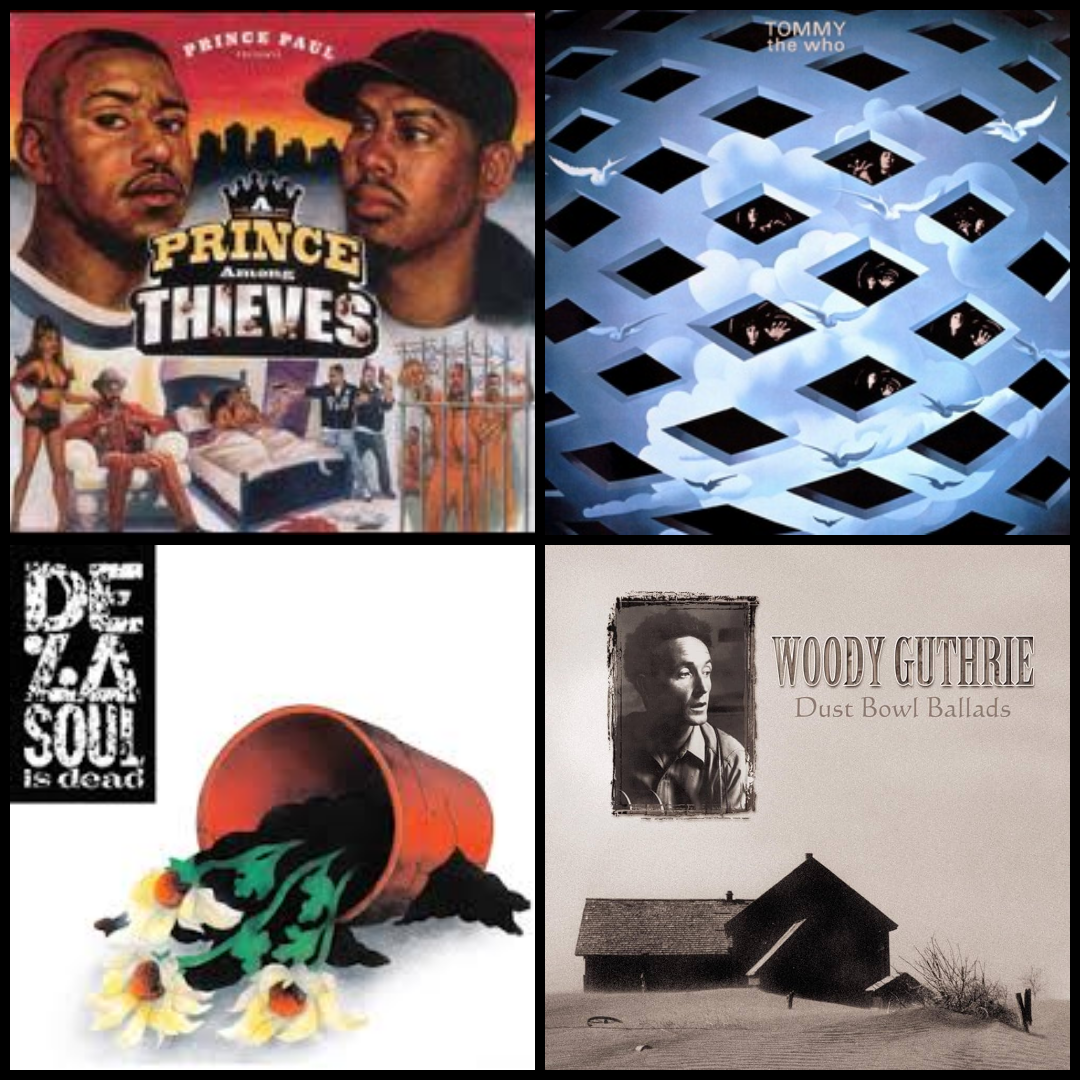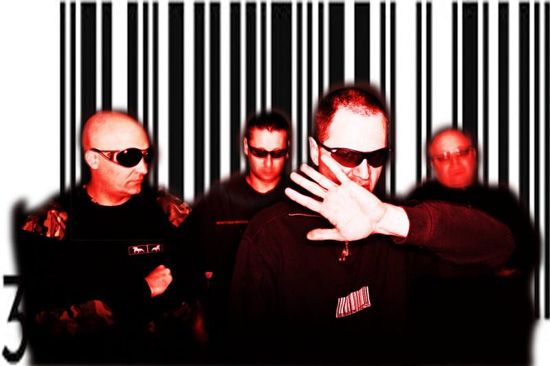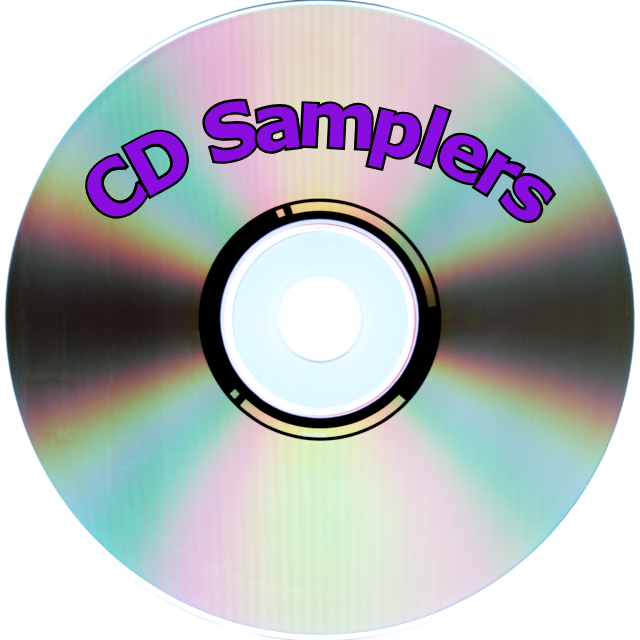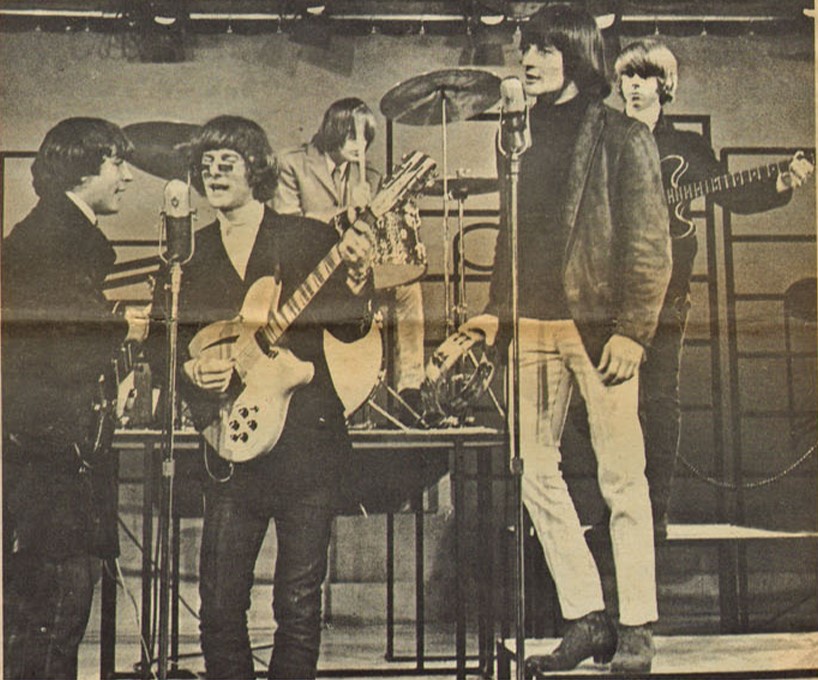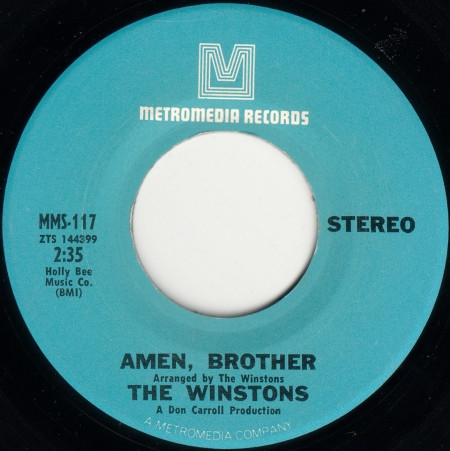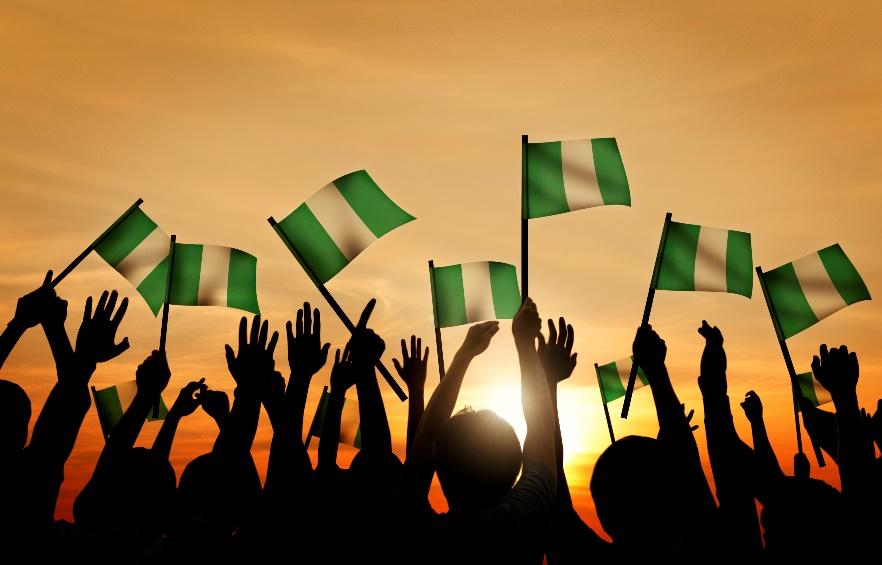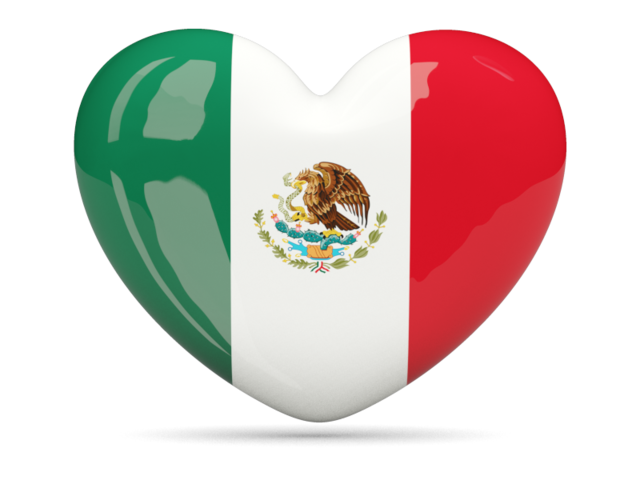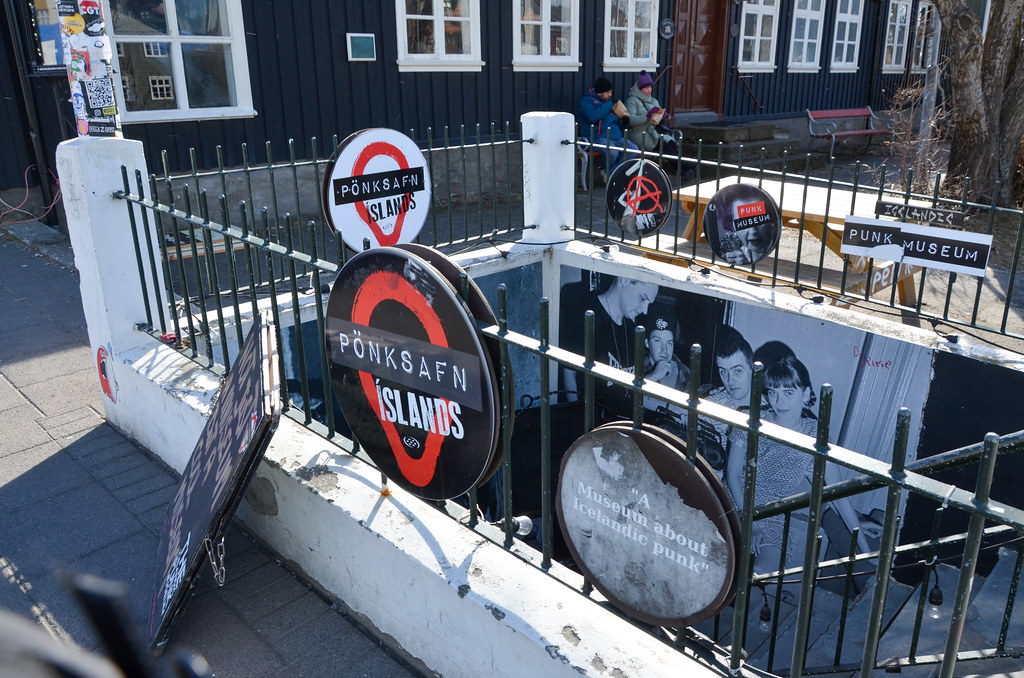Onism is a word coined by author and poet John Konieg that refers to the bitter realization of how little of the world you will ever truly experience.
It is sad that of the thousands of cultures today, the majority of the public will only be a part of one or two, or a handful if you’re lucky.
Driven by this thought, I’ve embarked on a journey to immerse myself in various cultures. Many of my blog posts will focus on exploring the vibrant music of different countries on their independence or national days.
Today, we’re celebrating all the beautiful Malaysians in our communities.
“Selamat pagi” to my Malaysians, and a joyous Hari Merdeka to you all.
Malaysia is a beautiful country located in southeast Asia.
It is widely known for its captivating landscapes, rich cultural heritage and diverse demographics.
Malaysia is home to over 30 million people, with different ethnicities like Malay, Chinese, Indian, Punjabi, Iban, Kadazan and many more. The country’s landscape is equally diverse, ranging from lush rainforests and beaches to bustling cities.
Malaysia is made up of Peninsular Malaysia and East Malaysia, which together include more than 800 islands.
This geographical variety provides a rich backdrop for the country’s cultural and musical expressions.
Malaysia was colonized by the Portuguese in the early 16th century, followed by the Dutch and then the British. It wasn’t until August 31, 1957, that Malaysia gained its independence from British colonial rule.
Hari Merdeka, or Independence Day, is celebrated annually to commemorate this significant milestone.
To celebrate Hari Merdeka, I’ve selected two of the most memorable contemporary Malaysian tracks that I found while exploring the Malaysian music scene.
A little disclaimer: this was my first time listening to Malaysian music/artists, so this is my unbiased opinion as an outsider attempting to peer into their beautiful culture.
“Luka Dan Benci” by Night Skies & Visions
“Luka Dan Benci” is a song by Night Skies and Visions, a pop punk band in Kuala Lumpur, Malaysia which debuted April 2015.
“Luka Dan Benci” translates to “Wounds and Hatred.”
The track opens with a haunting, reverberating guitar melody, setting a somber tone. The steady drumbeat adds a raw intensity, driving the song forward as it builds up to an emotional chorus.
“Luka Dan Benci” evokes a bittersweet feeling, with its slow-yet-powerful guitar riffs mirroring the tension between love and pain.
The best way I can describe the vibe is nostalgic. I apologize if this description does not resonate with a lot of you, but I grew up watching Mexican and Philippines telenovelas, and while listening to this song, I had a montage of all the series I thoroughly enjoyed watching as a kid playing in my head.
If this is not something you can relate to, they are still worth the listen.
The rest of their songs like “Go There If You Miss Me” and “Saturday Night” — which are in English,might I add — are more upbeat anthems with catchy hooks and energetic guitars that instantly transport you to the early 2000s pop-punk scene.
Their songs feel like a throwback to teenage anthems, with driving drumbeats and electric guitar power chords. The fast tempo and carefree attitude make it perfect for dancing around with friends or reliving
your high school days.
Some of their songs felt a lot of the early 2000s preppy pop songs. If at some point you enjoyed songs from Hannah Montana, Camp Rock or High School Musical, you just might enjoy listening to Night Skies and Visions.
“Consequences” by I Lost the Plot
Moving on from Night Skies & Visions, I discovered another gem in the Malaysian music scene—”Consequences” by I Lost the Plot.
While it’s quite different in style, it carries its own unique charm.
The track opens with a 37-second instrumental solo before the song begins.
The upbeat tempo, driving guitars and catchy lyrics give it an adrenaline-pumping vibe, perfect for getting you pumped up.
The best way I can describe it is that it should be a catchy theme song for a cartoon hero show. Have you ever randomly caught yourself singing or humming the theme songs for Kim Possible or Ben 10? Yes? Then this track would definitely have the same effect.
The rest of their songs maintain a similar energetic vibe, making any track from I Lost the Plot an excellent choice for sports or heart-racing activities.
Tanggal 31 Ogos
To fully embrace the spirit of Hari Merdeka, Tanggal 31 Ogos is a popular patriotic song specifically celebrating Malaysia’s Independence Day. The song, with a title that translates to “31 August,” reflects the joy and pride of the country on its independence anniversary.
A good listen to get in the the mood for Heri Merdeka.
I’ve curated a Spotify playlist featuring these tracks and other Malaysian artists I’ve discovered. I urge you to give it a listen and experience the essence of Malaysia’s
vibrant music scene for yourself.
My Malaysian Spotify playlist
If Malaysia isn’t already on your travel bucket list, now’s the time to add it.
With its breathtaking landscapes, rich cultural experiences and warm hospitality, Malaysia
promises a journey worth taking.
Celebrate Hari Merdeka by exploring Malaysia’s music and discover why this incredible country deserves a spot on your travel itinerary.

